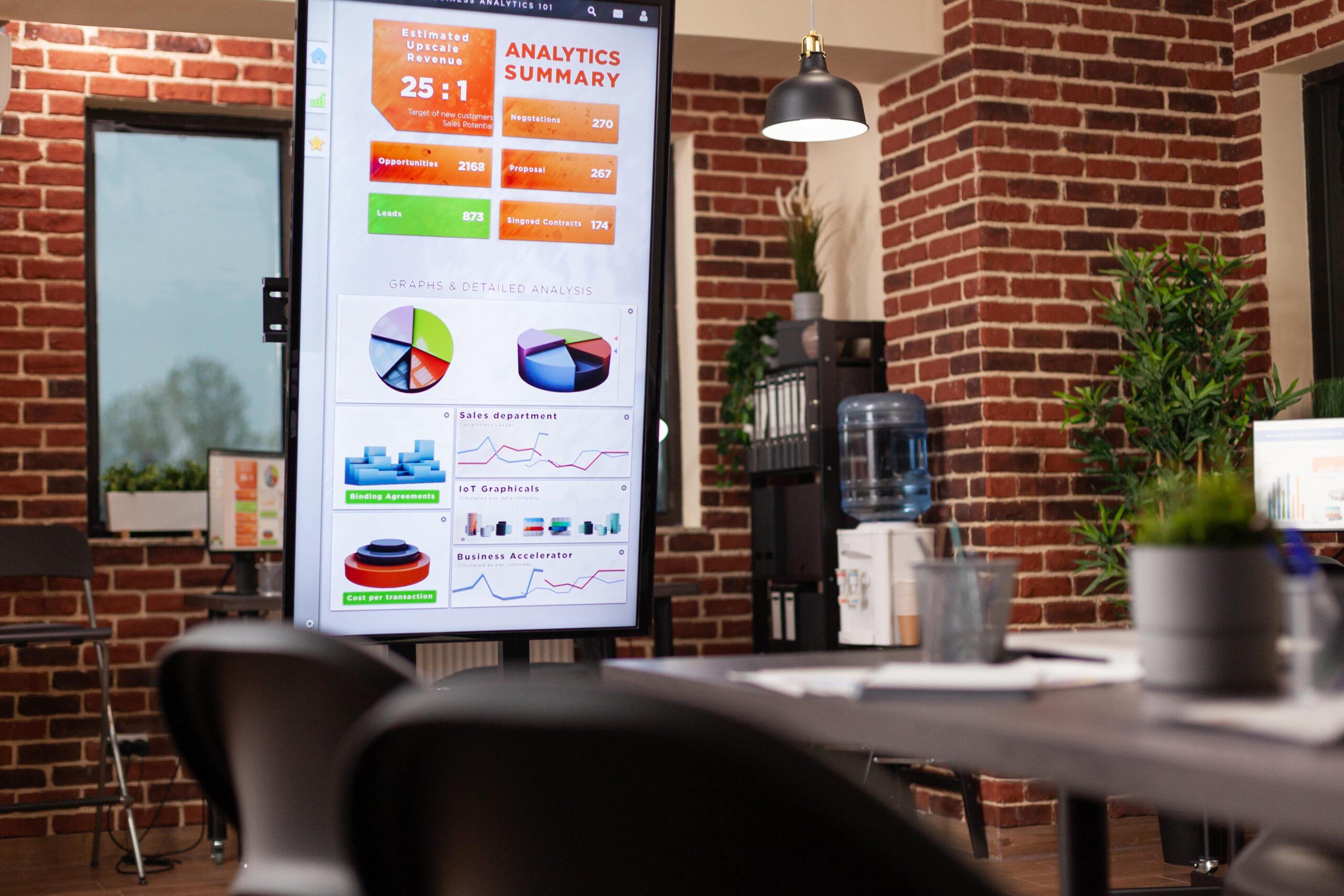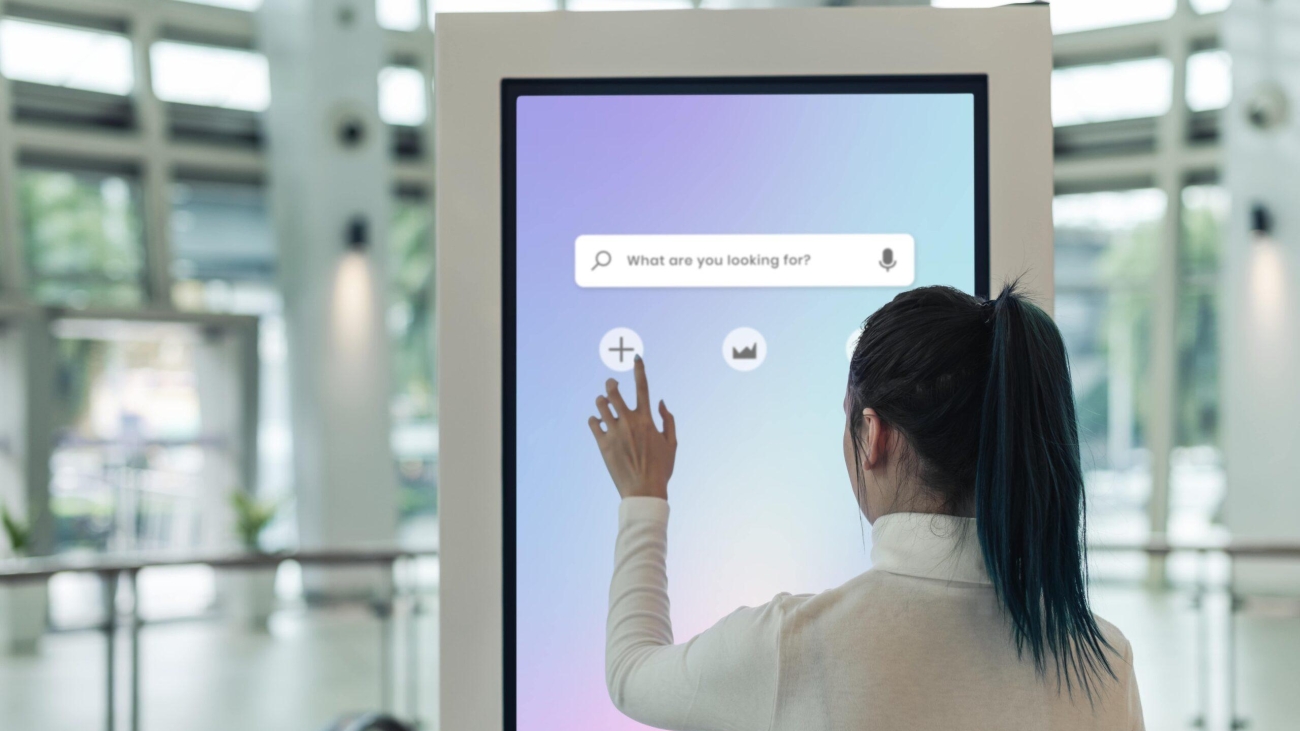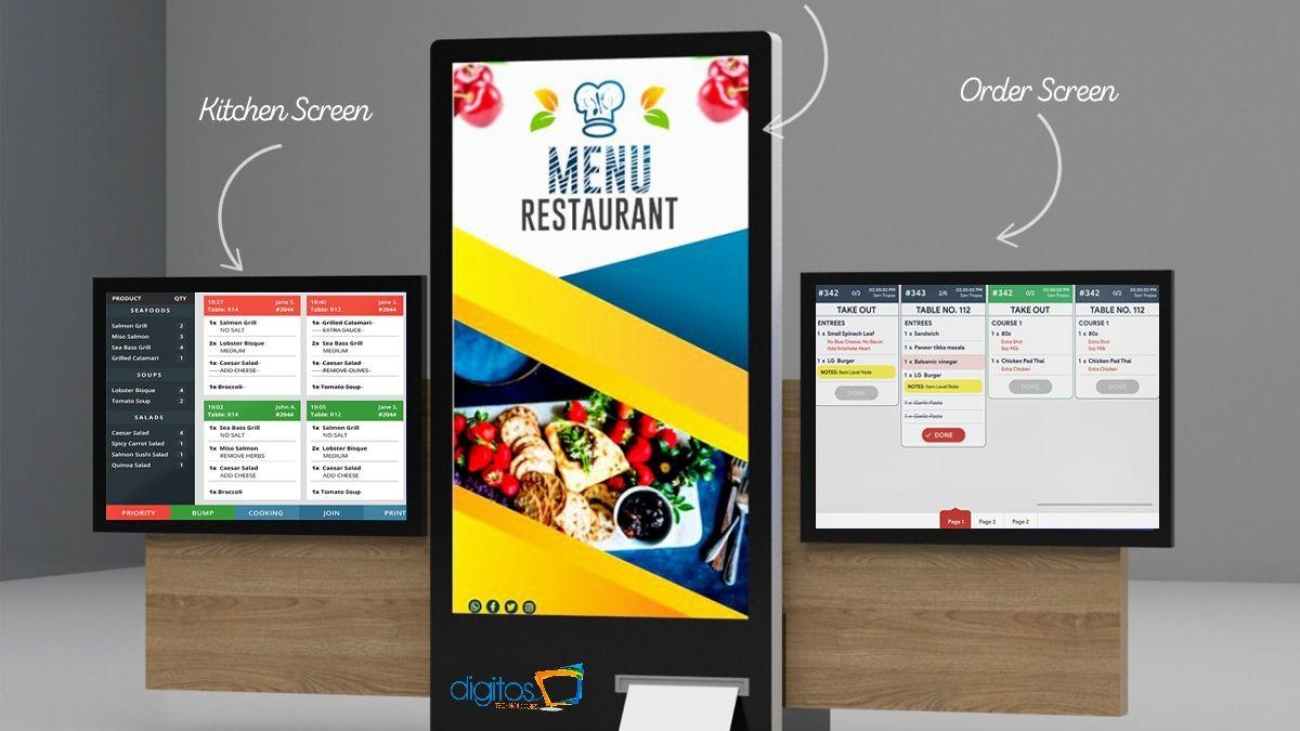
Blog
- Digitos DM
- March 4, 2024
- 2 months ago
In the fast-paced world of technology, Digital Signage has become a ubiquitous presence, transforming how information is conveyed in public spaces. From interactive displays at shopping malls to informative screens in healthcare facilities, digital signage has evolved into a dynamic industry. The market size of global digital signage is a pivotal metric, reflecting the industry’s scope and potential.
Evolution of Digital Signage
Digital signage has come a long way since its inception. Initially limited to simple electronic displays, technological advancements have propelled the industry forward. Modern digital signage is characterized by interactive features, real-time content updates, and seamless integration with other technologies like the Internet of Things (IoT).
Current Trends in Digital Signage
Today, digital signage goes beyond static advertisements. Interactive displays engage audiences, providing a personalized experience. The integration of IoT allows for dynamic content delivery based on real-time data, enhancing the relevance of displayed information.
Global Digital Signage Market Overview
The global digital signage market has experienced remarkable growth. Statistical data indicates a surge in demand, with key players securing significant market shares. The industry is dynamic, with continuous innovation driving its expansion.
Factors Influencing Market Size
Several factors contribute to the market size of global digital signage. Rapid technological innovations, changing consumer behavior, and the impact of the COVID-19 pandemic on the need for touchless interactions have all played a role in shaping the industry.
Regional Analysis
Market size varies by region, with some areas witnessing rapid adoption of digital signage. Emerging markets present untapped opportunities, showcasing the industry’s potential for further growth.
Industry Verticals Utilizing Digital Signage
Various sectors, including retail, healthcare, hospitality, and education, leverage digital signage to enhance communication and engagement. The versatility of digital displays makes them applicable across diverse industries.
Challenges in the Digital Signage Market
Despite its growth, the digital signage industry faces challenges. Security concerns, high initial investment costs, and complexities in content management pose obstacles to widespread adoption.
Future Projections
The future of the global digital signage market looks promising. Projections indicate sustained growth, driven by advancements such as augmented reality integration and further improvements in display technologies.
Case Studies
Examining both successful implementations and notable failures provides valuable insights into the factors contributing to effective digital signage strategies.
Consumer Adoption and Feedback
Understanding how consumers perceive and interact with digital signage is crucial. Survey results and feedback shed light on the impact of digital displays on consumer experiences.
Regulatory Landscape
Compliance with standards and government initiatives supporting digital signage contribute to the industry’s stability. Adhering to regulations ensures ethical and responsible practices.
Sustainability in Digital Signage
As environmental awareness grows, the digital signage industry is increasingly adopting eco-friendly practices. From manufacturing processes to energy-efficient displays, sustainability is becoming a key consideration.
Investment Opportunities
For investors seeking opportunities, the digital signage market offers potential for growth. Identifying untapped segments and staying abreast of technological developments are crucial for making informed investment decisions.
Conclusion
In conclusion, the market size of global digital signage reflects its vibrant and evolving nature. From its humble beginnings to the present, the industry continues to redefine communication in public spaces. As technology advances, digital signage will play an even more integral role in engaging and informing audiences worldwide.
FAQs
1. Is digital signage only used for advertising purposes?
No, digital signage is versatile and finds applications in various sectors, including retail, healthcare, hospitality, and education.
2. How has the COVID-19 pandemic impacted the digital signage industry?
The pandemic has accelerated the need for touchless interactions, driving increased demand for digital signage solutions.
3. Are there specific regulations governing the use of digital signage?
Yes, compliance with standards and government initiatives is crucial for ethical and responsible digital signage practices.
4. What are the challenges faced by the digital signage market?
Challenges include security concerns, high initial investment costs, and complexities in content management.
5. How can investors identify promising opportunities in the digital signage market?
Keeping abreast of technological developments and identifying untapped segments are key for informed investment decisions.

























